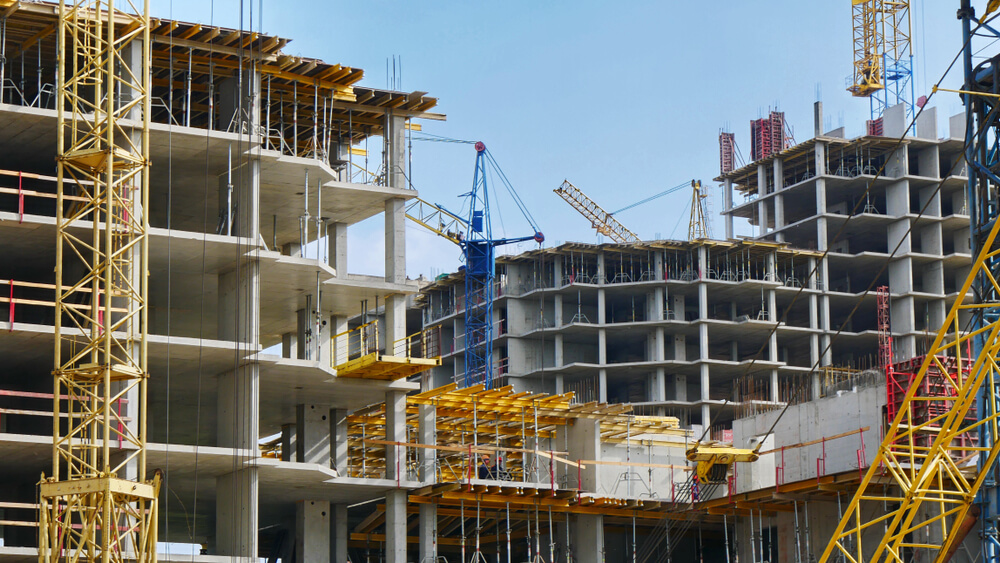On the surface, considering the housing sector of the economy, things aren’t looking so good.
Economic activity is so low that we are in the midst of a recession.
Millions of Americans continue to be out of work due to businesses closing because of the coronavirus pandemic.
And the real estate market is suffering because of it.
So, logic would lead you to think that investing in the housing sector really isn’t a good idea right now.
But you’d be wrong.
I’ll tell you why and how you can see gains in your portfolio by looking beyond the smoke.
The Differences in the Housing Sector
As an investor, the first thing you have to understand is that the housing sector is broad.
Banyan Hill Publishing economist Ted Bauman said most people see the housing sector through a very narrow lens.
“For most of us over the age of 50, ‘housing’ means a free-standing, single-family home,” Bauman, Editor of The Bauman Letter, said. “When we think about ‘the housing sector,’ we think about real estate agents and colored balloons tied to ‘For Sale’ signs on Sundays.
“From that perspective, housing doesn’t look so good.”
Single-family home sales have hovered around 5.4 million units a year for the last decade. To put that in perspective, that average was around 7 million a year before the financial crisis in 2008-2009.
But, as an investor, you have to look beyond that single metric and factor in multifamily housing like condos, apartments, townhouses, etc.
Sales of multifamily housing units have skyrocketed from around 50,000 in 2011 to almost 300,000 last year. Local governments issued around 475,000 building permits for multifamily housing units in the last five years.
Bauman said the rise in multifamily construction is due to local authorities looking to expand their tax base. That’s led developers to buy up land and build tens of thousands of condos and apartments.
This is where residential housing construction can earn you profits in the years to come.
Solid Value in Housing Construction Companies
Another thing that makes the housing construction sector so appealing is the value of some of its biggest companies.
Bauman took the four largest residential construction companies and compared their price-to-earnings, price-to-sales and price-to-book ratios against the S&P 500 index.
These value indicators show that the top housing construction companies are vastly undervalued, especially compared to the broader market.
“Of course, we wouldn’t expect companies like these to trade at the sort of valuations we see in growth sectors like technology,” Bauman said. “So, the appropriate comparison is to the historical average of the ratio for this sector — which is 14.08. By that measure, these companies are at a massive discount compared to historical norms.”
Use This ETF to Profit From the Multifamily Housing Sector Boom
As developers continue to take advantage of a reduction in barriers to construct multifamily housing, they’re also lowering construction costs to lure in fast building.
“The result is gathering momentum in the residential construction sector focused on affordable multifamily homes,” Bauman said. “The target market is younger, salaried middle-class households working in knowledge-based industries like technology, marketing and other occupations that allow for working at home.”
Rather than seek out individual construction companies, one way investors can profit from the coming boom is to invest in the iShares U.S. Home Construction ETF (NYSEARCA: ITB).

Since reaching a low of $24 a share in March, ITB has jumped nearly 70% and is touching its 200-day moving average.
This exchange-traded fund carries both residential construction companies and building material suppliers.
That gives you a diversified opportunity to capitalize on the boom in the housing sector.





